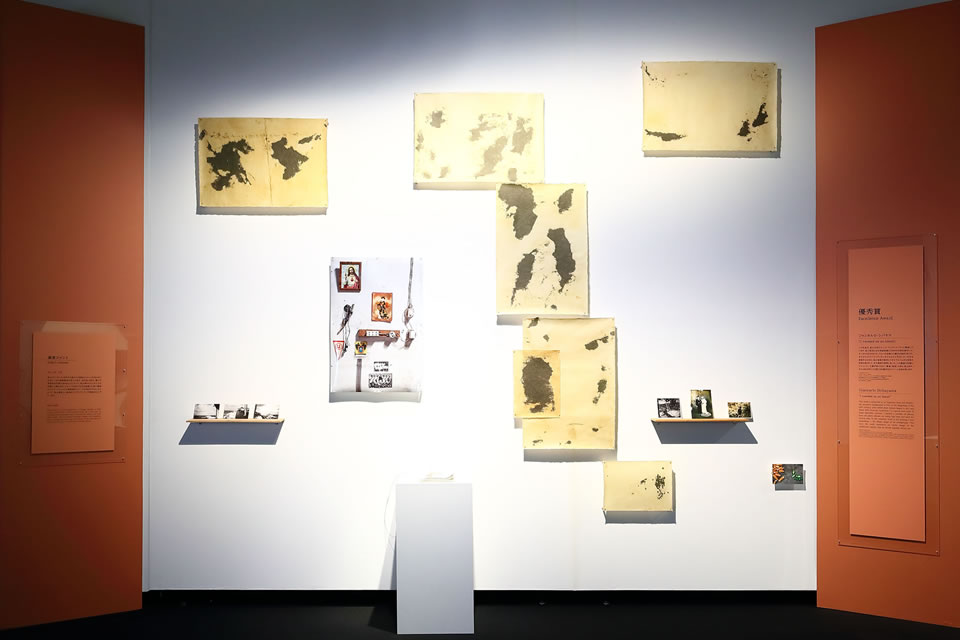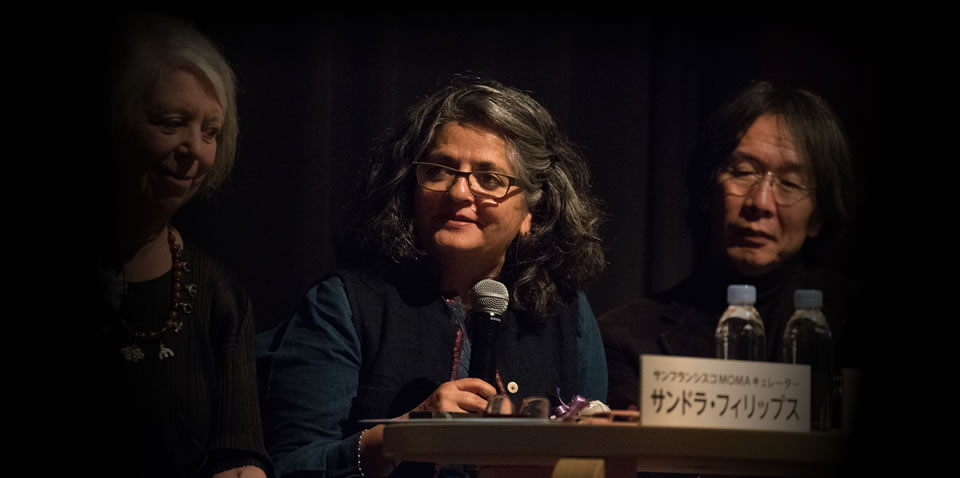PRESENTATION
I am a third-generation Peruvian of Japanese descent. The day my grandfather died, my relatives removed photos of my grandfather from the family photo albums to take with them. Because of that experience, I wanted to make a mind map.
I haven’t firmly grasped the roots of my identity. I don’t feel I’m Peruvian when I’m in Peru. But when I’m in Japan, I’m not regarded as Japanese. In response to this experience, I decided to create my own map, my own history. That’s why I wanted to take fictionalized photos.
At the same time, I wanted to confront directly the subject of immigration. Immigration is a journey, moving to an unknown place, planting roots in an unknown world. Through my grandfather, I learned that many people had come to Peru from Japan. This history began 120 years ago with a ship called the Sakuramaru. There were 800 Japanese people onboard the Sakuramaru, including my grandfather. He was one year old at the time.
During World War II, Japanese people were sent to internment camps in the U.S. My family fled to the Andes, where they lived in hiding. After the war, they started again from zero and continued to the present day. On second thought, I realized immigration also means everyone having to start from zero in a place where you don’t understand the people or the language.
On my quest to find my identity, I went to Shizuoka, my grandfather’s birthplace, and looked for his house relying on an ancient address. Shizuoka has many sandy beaches. As I walked along one, I thought to myself “this is Peru” because I was looking at the same ocean. The color of the water, the smell of the ocean, the sun were all the same. My grandfather’s house in Peru was also close to a sandy beach. When I came to Japan, I had thought couldn’t fit in here, but when I saw the sandy beaches I thought: “This is it, this is the place.”
My grandfather never once returned to Japan. But I think he’d be pleased that I brought him, with my photo collection and art work, back to Japan. For this work, I wanted to create a new map and new photos. With my imagination and memories, I think I’ve made a work I can offer to my family.


I, too, loved this work and thought it was great. I especially found the map portion to be very well executed. And the way the installation was put together made the work even richer. I thought the materials the map was printed on and how the display was separated slightly from the wall was excellent. I’d like to hear your presentation methods for future exhibits. Will you choose books or exhibitions?
(Giancarlo Shibayama)
For me, whatever method is used, it is important that it gives rise to a sensation. I want to pursue both exhibitions and photo collections as presentation formats.
For exhibitions, the topic is of foremost importance. There has to be something that connects the image with the viewer. And when you look at it, it must trigger a sensation. With a photo collection, you have more leeway to include finer details and add further explanations. You can create more immersive works with more intimate feelings, where the flipping of pages feels like enjoying a game.

Judges’s Comment
Alec Soth (video message)
This work expresses his profound innermost feelings. While saying that, it is also an intellectual work with a rigid concept. These two aspects are shown in a meticulous balance. This requires a truly delicate balancing act and cannot be done with run-of-the-mill expressions. In this work presenting experiences with a foreign culture, he has arranged photos of his family as well as photos of himself and photos from an older age in the background and tries to create a social identity with a virtual symbolic map. It’s a truly unique and valuable work. I’ve never seen a work that goes this distance.
I saw lots of works — books, videos, digital photos, printed photos — in the judging process. But of all these many works, his work stood out as something special.